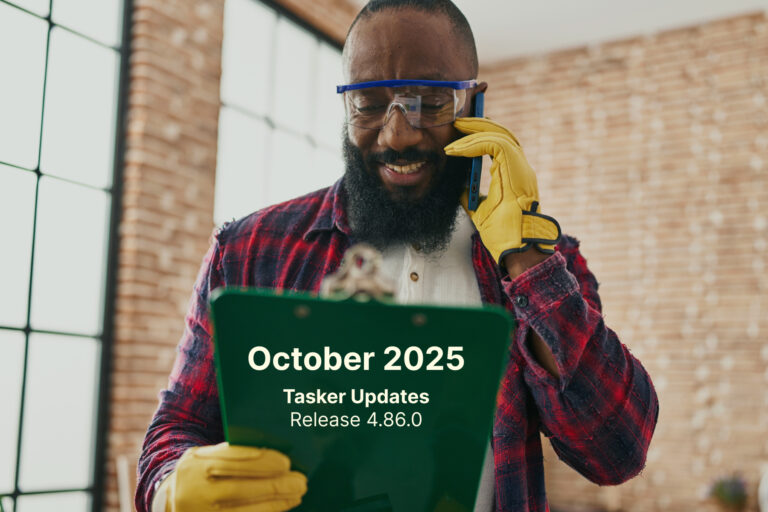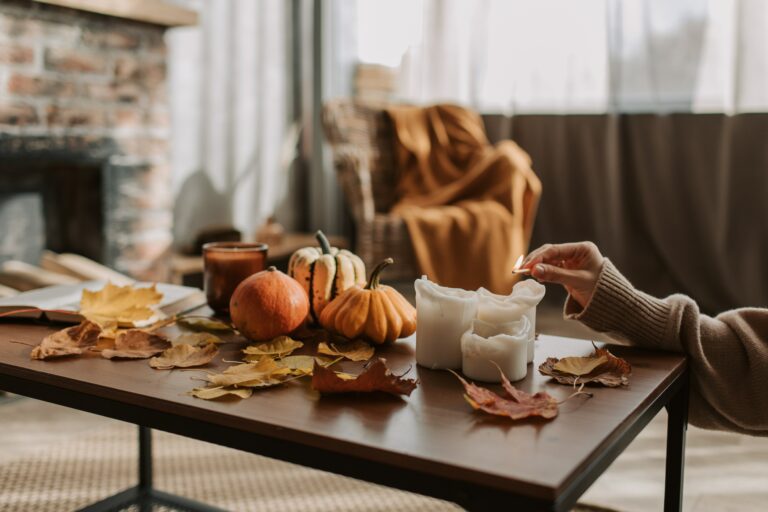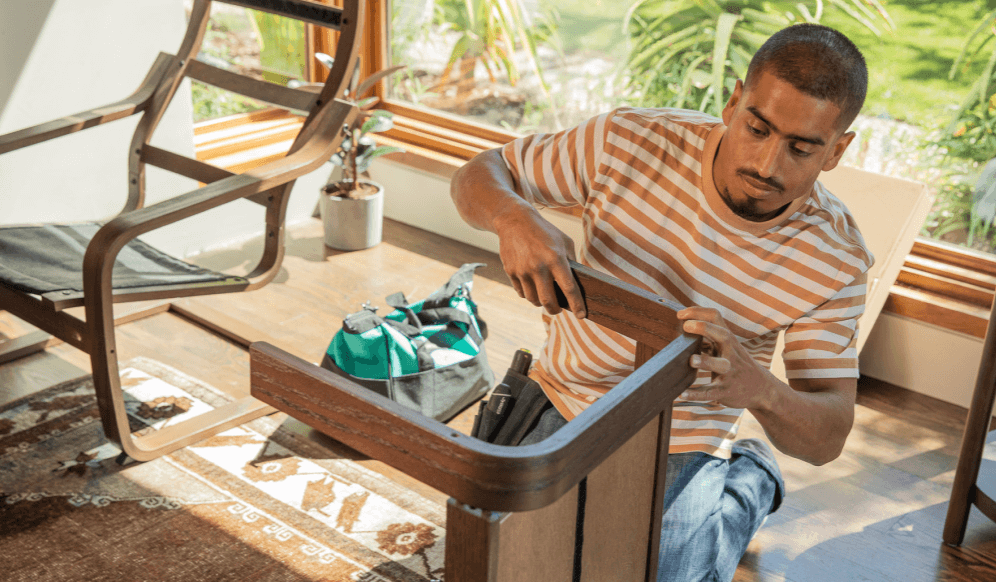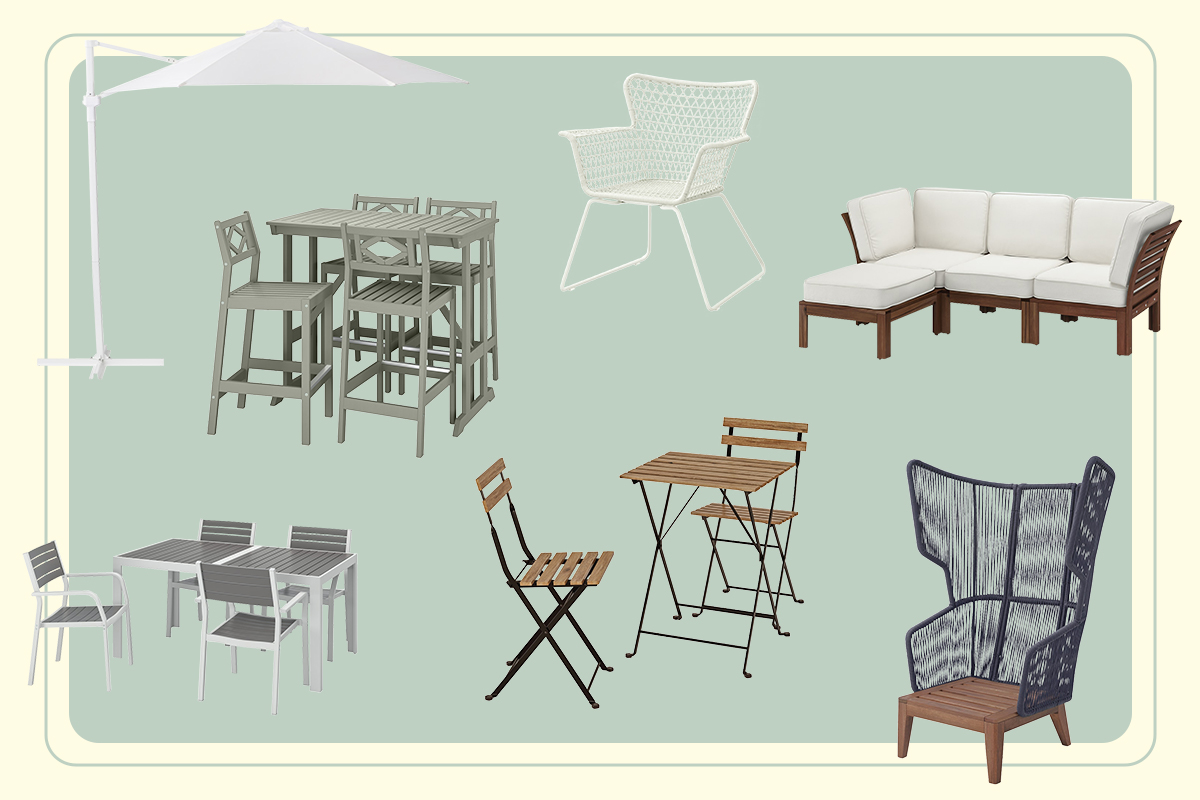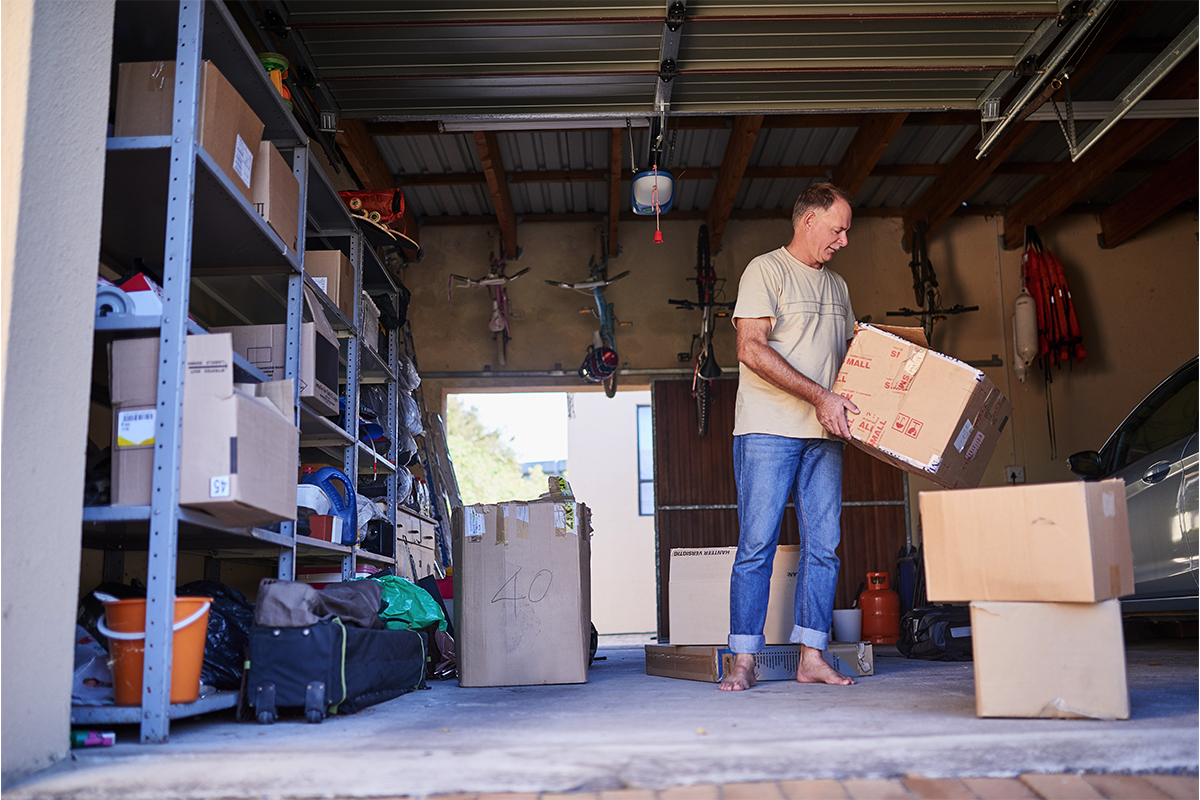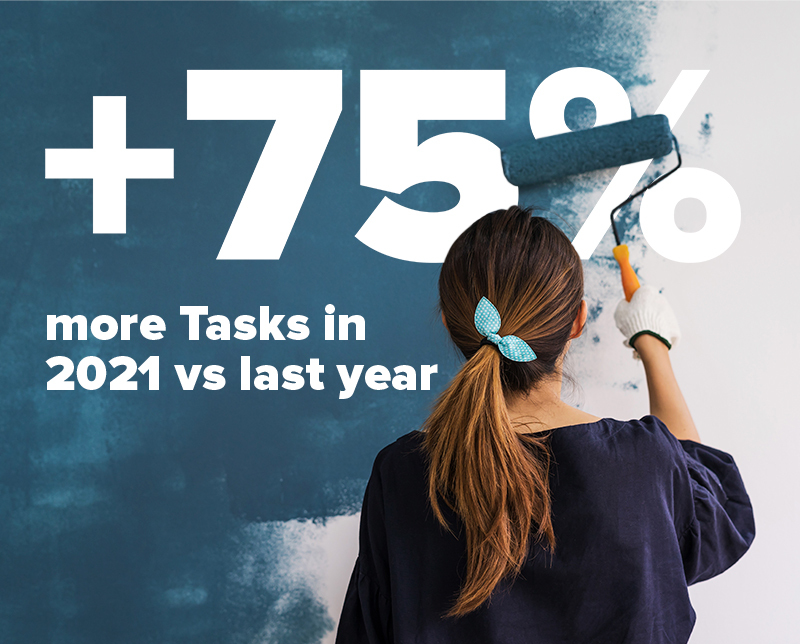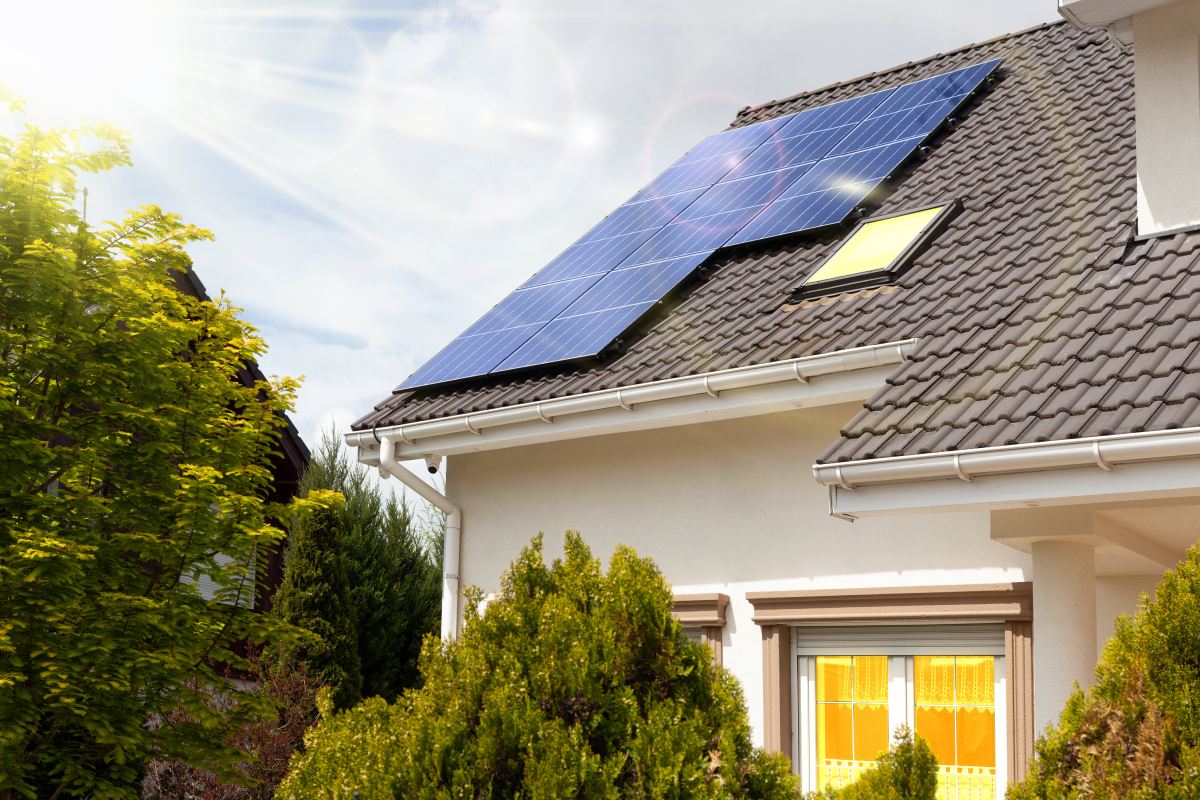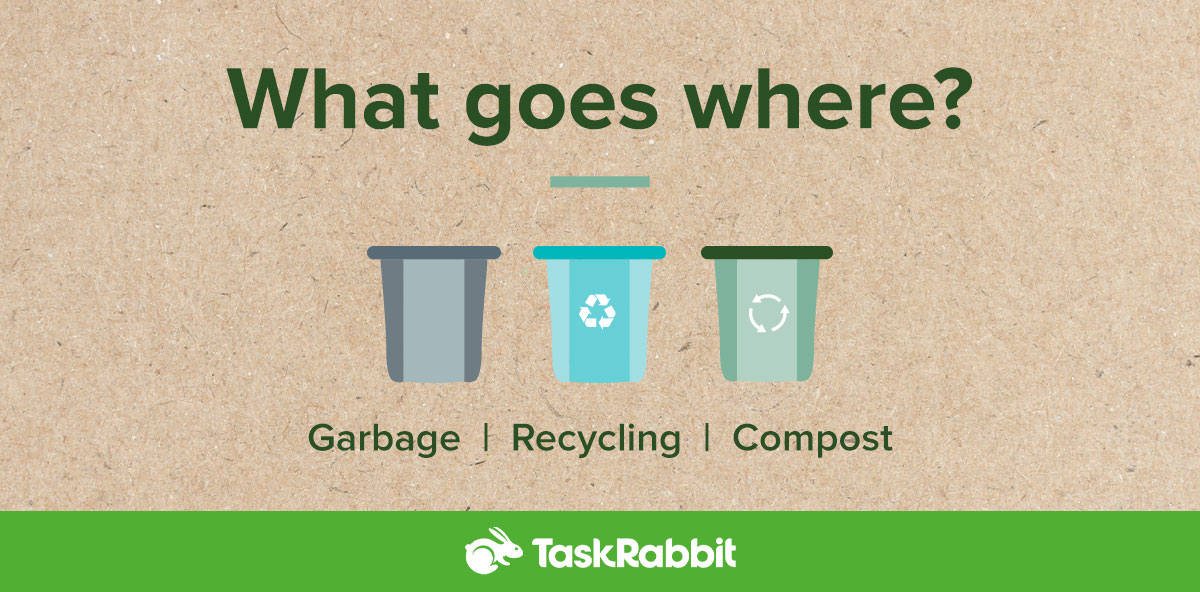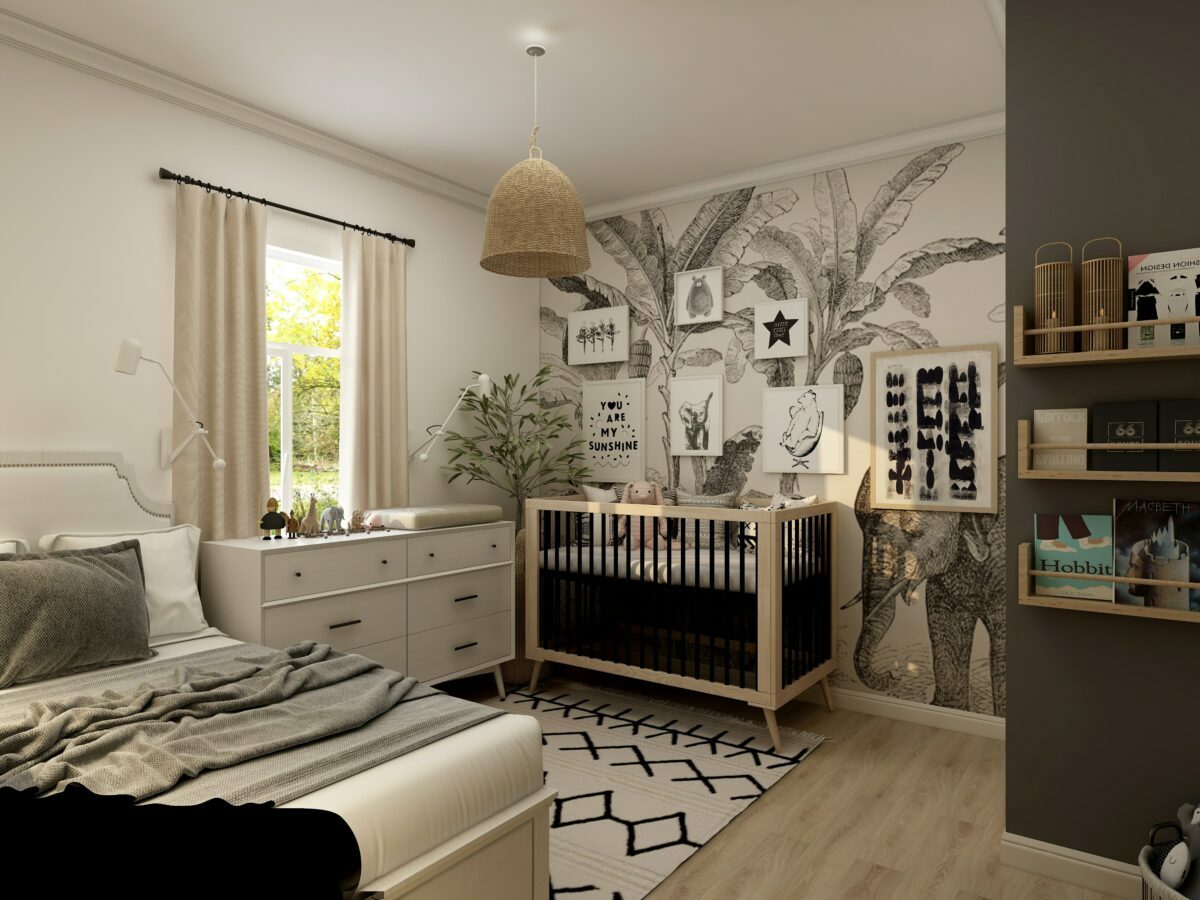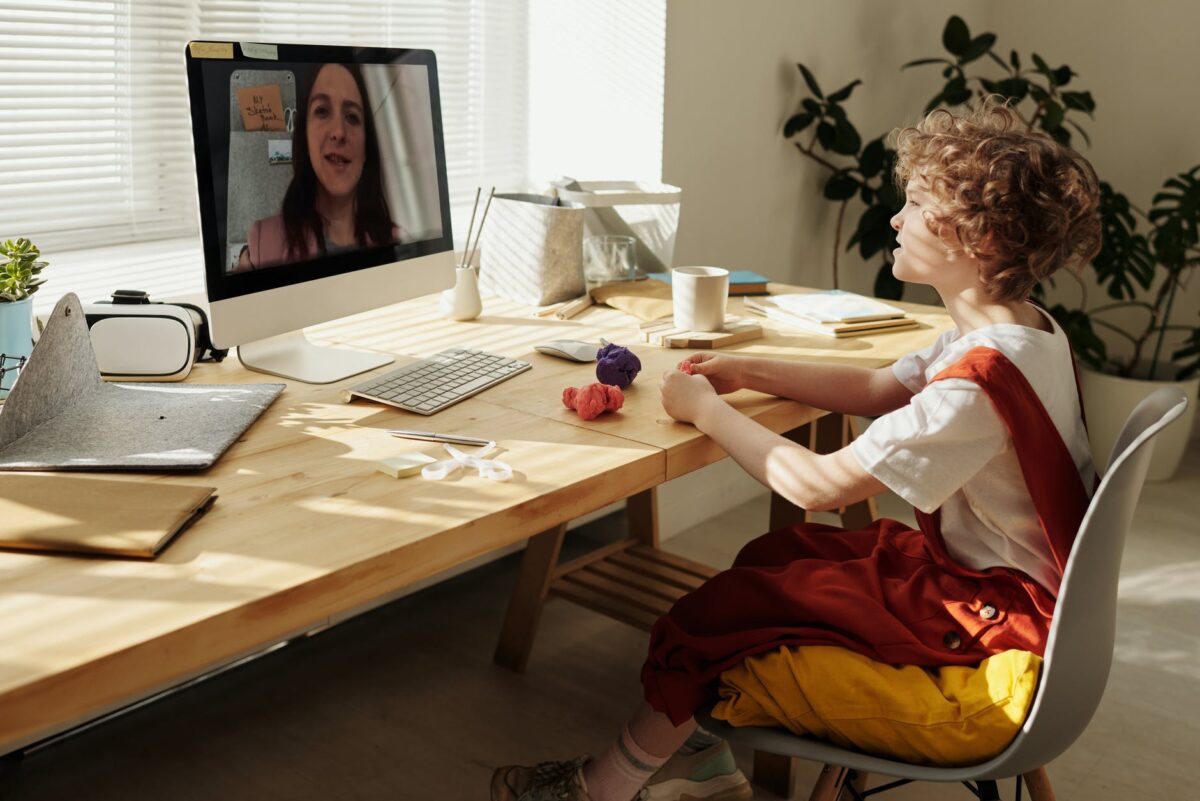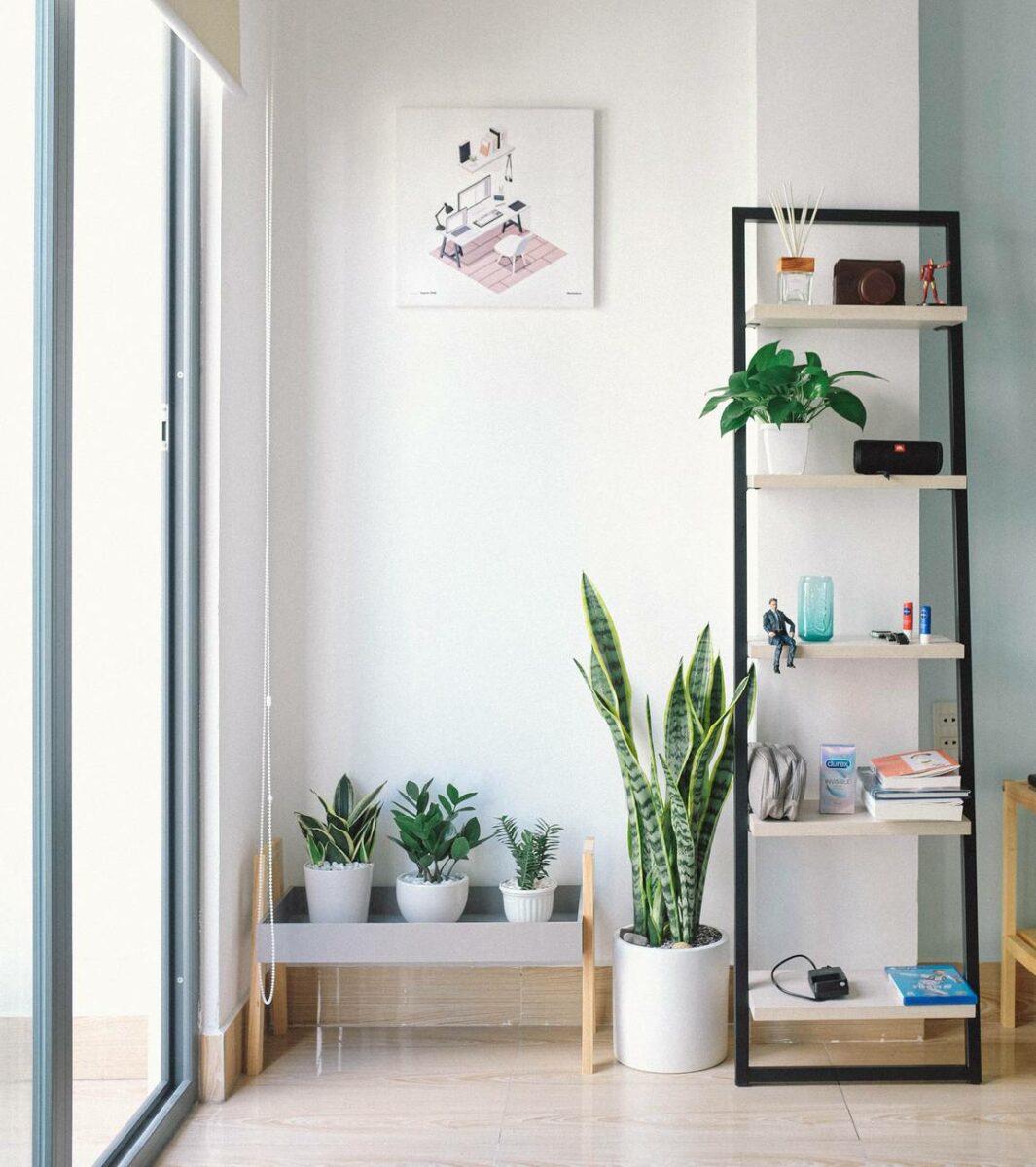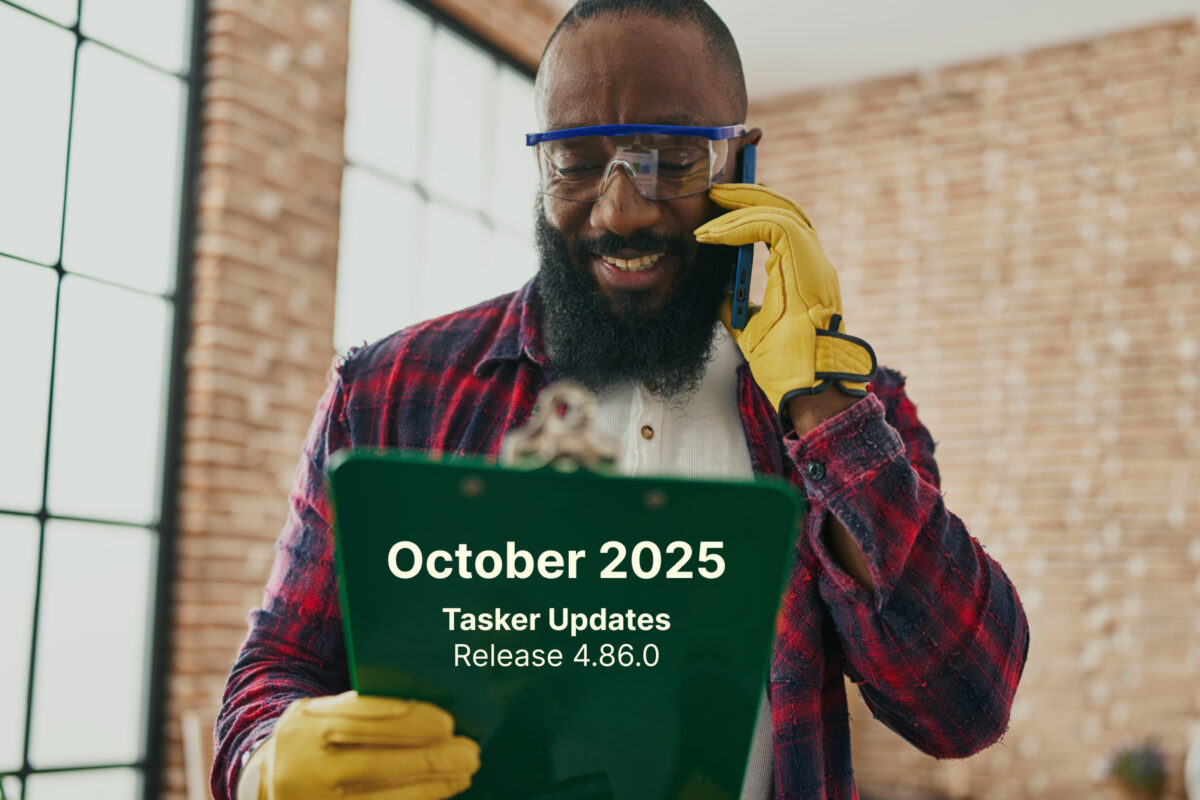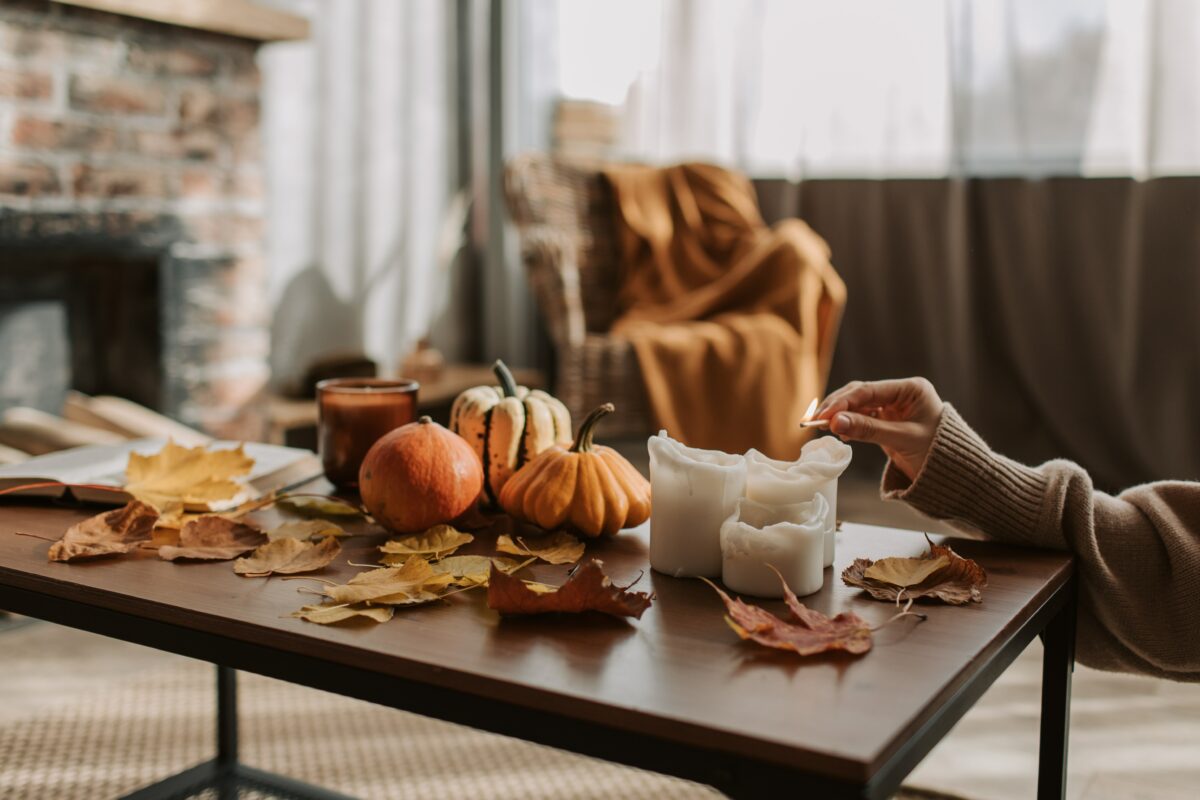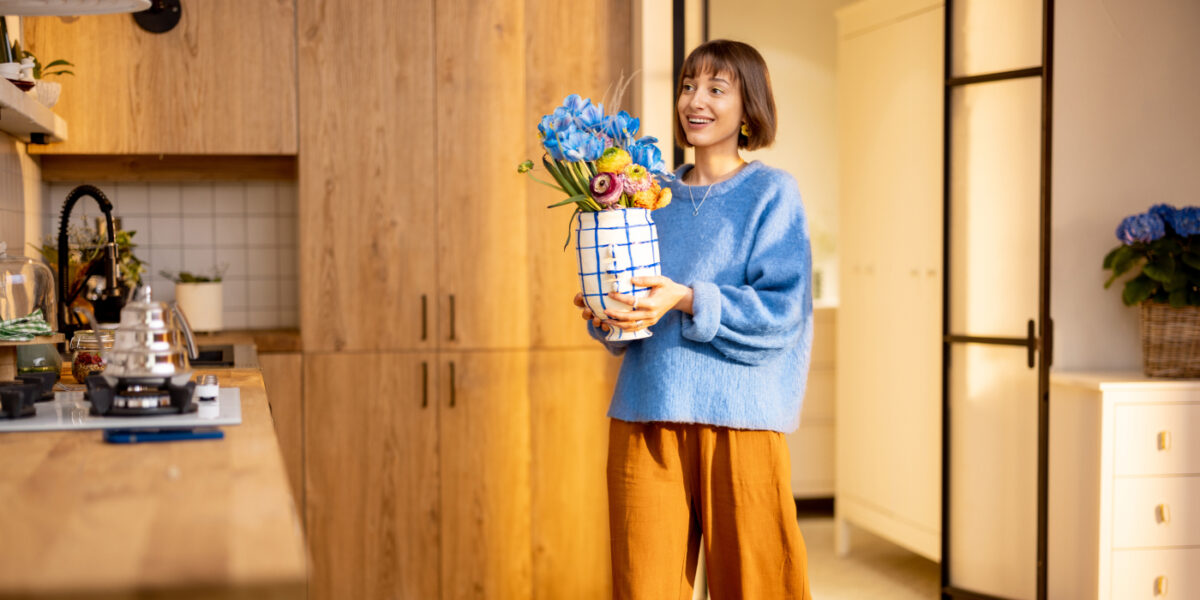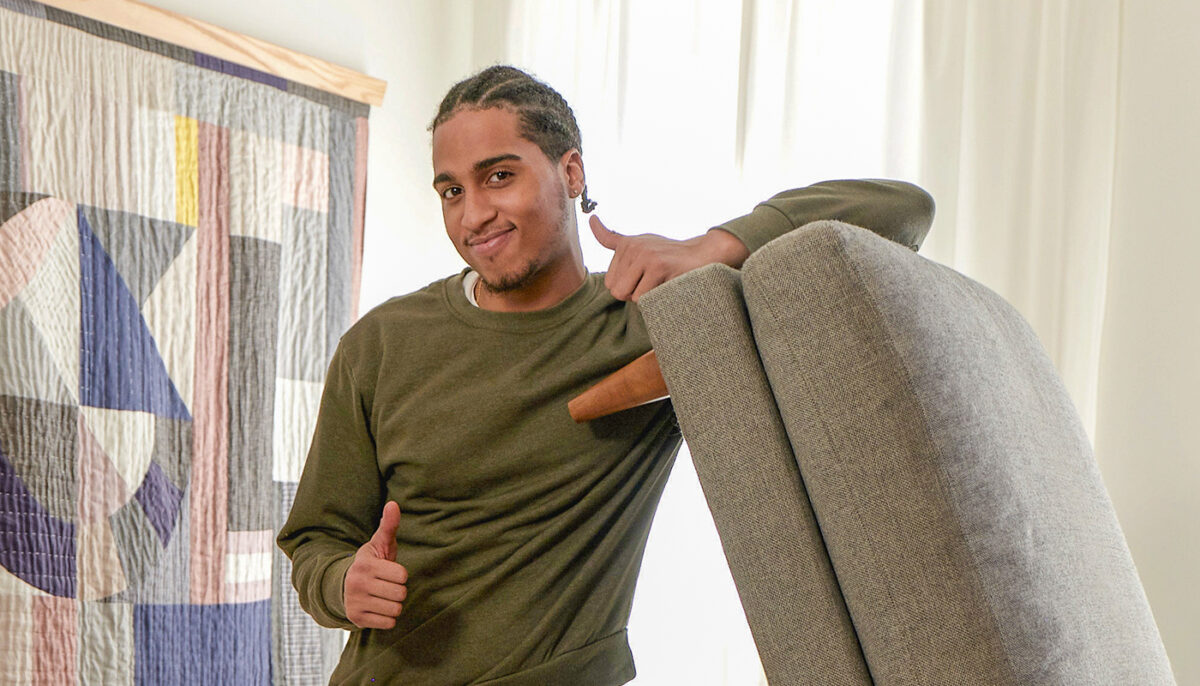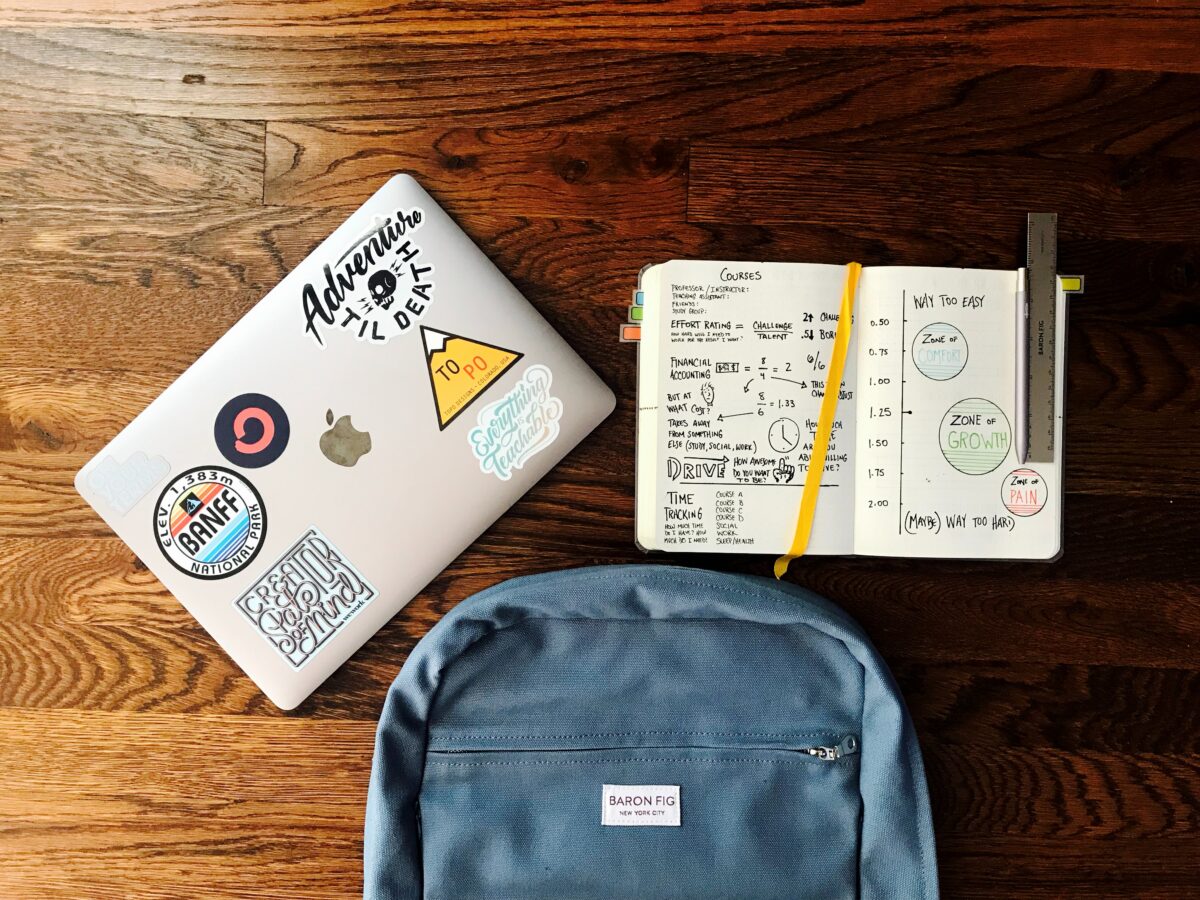The feeling of home transcends geography or mid-century teakwood furniture. More than the sum of its parts, home is a feeling. The Proustian nostalgia of your mother’s cooking, the love-worn upholstery of your favorite armchair, even the five-and-dime tchotchkes that survived three separate moves—together, they create the alchemy that makes you think this must be the place.
As we reflect on the design trends of 2025, one thing stands out: the most inspiring homes didn’t chase style, they engaged the senses. Through sight, sound, touch, taste, and scent, people found ways to shape spaces that feel not just aesthetic, but homey—the elusive “just right” baby bear feeling we all seek in our homes.
The Five Senses of Home
Taste
Taste, beyond what’s decreed by Anna Wintour or opinionated culturistas, has a more grounded, epicurean relationship to our homes. What we’re seeing beyond the kitchen in 2025 are food-inspired design choices bringing warmth and whimsy to every corner of the home—think tomato girl summer, butter-yellow accents, and the dill-green aesthetic. Searches for tomato (+47%), lemon (+20%), olive (+14%), and strawberry (+8%) reflect that our appetite now extends beyond the table and into the textures, colors, and moods that shape our homes.
As our post-pandemic desire to connect merged with newfound skills in cooking, baking, and bartending, our homes have evolved, becoming spaces that nourish both body and soul. We see this trend reflected in the numbers, too: hosting-related projects are up 10% compared to 2024 with coffee cart setups up 31% and outdoor dining areas up by 12%. Even smaller gestures—like bar cart assemblies (+9%) and pantry organization (+8%)—show how we’re embracing design that’s as inviting as it is functional.

Sight
As we combat the blue light from our screens and the dimming days of winter with SAD lamps and light filters, we’re becoming increasingly aware of how color affects our mood and endocrine system. To counter the daily attacks on our happiness, many are turning to “dopamine decor.” With bright colors, clashing prints, and layered lighting, color is being embraced as a form of playful self-care. From bold gallery walls to vibrant-colored furniture, this feel-good aesthetic isn’t just about style, it’s about creating spaces that offer true psychological nourishment.
We see these mood-elevating, room-brightening decisions reflected in the numbers as well. Mirror wall installations are up 28% compared to last year, with backsplashes up 27% and art hanging projects by 26%. Even bolder moves—like using vibrant patterns (+18%), colorful floor tiles (+18%), and dopamine hues in wallpapering (+21%)—show that our spaces are trending away from stark minimalism and towards more personalized, expressive decor.

Smell
As we learned in high school, the olfactory bulb—the part of the brain that processes smell—sits right next to the emotional center, making scent our most powerful sense for triggering memories. It’s no wonder “scentscaping” has become one of 2025’s biggest design trends. The term “refresh” is up 49% compared to 2024, with air freshener searches rising 32% and diffusers up 14%, as more people seek ways to transform their atmosphere through fragrance. While candles, diffusers, and room sprays remain staples, many are now layering in fresh florals, compact herb gardens, and even outdoor maintenance projects (+8%) to elevate their olfactory ambiance. Incorporating scent into every room has become a shortcut to creating calm, comfort, and a distinct personal identity within the home.

Touch
Touch has always been a key consideration in home design, but too often chic minimalism has come at the expense of warmth, comfort, and—let’s be honest—a chair you can actually sit in for more than ten minutes. In 2025, we’re seeing a return to tactile creature comforts. From plush rugs and bouclé upholstery to velvet furniture, that 1970s sunken-living-room feeling is back in technicolor. Beyond fabrics, functional perks like heated floors and towel warmers are adding a tactile element to quiet luxury. In this era of tactile living, comfort is layered—creating spaces that invite lingering, encourage touch, and make the home feel like a warm embrace.
We see this texture-forward trend reflected in the numbers, with leather chairs up 5% compared to 2024, velvet up 13%, and upholstery up 12%. In addition to soft surfaces, durable textures like stone countertops have risen 17%, while wainscoting projects are up 44%. Even maintenance and finishing touches—carpet cleaning (+6%) and upholstery cleaning (+12%)—show a renewed care for tactile detail.

Sound
We all know the sounds of home: the hums, clatters, and playlists that fill our days. From the living room TV streaming the latest game to the rhythmic clinking of dishes being stacked just right, sound defines how a space feels as much as how it looks. In 2025, we’re tuning in to the auditory side of home design. Record players are being mentioned 42% more than 2024, while acoustic upgrades (+22%) and intercom systems (+23%) highlight a growing focus on clarity, connection, and atmosphere. High-tech soundbars and built-in speakers now mingle with record collections and vintage stereos, blending nostalgia with innovation. And just as your dad’s outrageously loud sneeze signals the start of spring, or the hiss of the espresso maker marks a new day, sound keeps time with our daily rituals—an ever-present rhythm that turns a house into a home.
We see this audio-forward trend resonating across the home: drums and pianos are both up 14% year over year, while ring cameras (+11%) and doorbell cameras (+5%) show how even everyday sounds—alerts, chimes, and cues—are becoming part of the modern home’s sensory landscape.

The Sixth Sense: Home
The feeling of home has become the sixth sense we’re all chasing—that subtle, unmistakable sense that you’re exactly where you’re supposed to be. When sight, sound, scent, taste, and touch come together, they create something beyond design—a Sensory Sanctuary: a place that feels alive, familiar, and entirely our own.
The data confirms what’s already in the air: we’re not just decorating our homes, we’re designing how they feel. In 2025, outdoor maintenance projects are up 8% with more people focusing on cultivating growth and renewal right where they are. Even smaller gestures—like cleaning (+11%), home repairs (+10%), and mounting (+7%)—reflect a growing desire to refresh and revive what’s already ours, prioritizing comfort, continuity, and care over full-scale renovations.
In the end, home isn’t about chasing aesthetics or fleeting trends—it’s about creating a space that reflects who we are, holds room for who we’re becoming, and reminds us what it feels like to belong.
Get More Done in Less Time
Our same-day service platform instantly connects you with skilled Taskers to help with odd-jobs and errands, so you can be more productive, every day.


